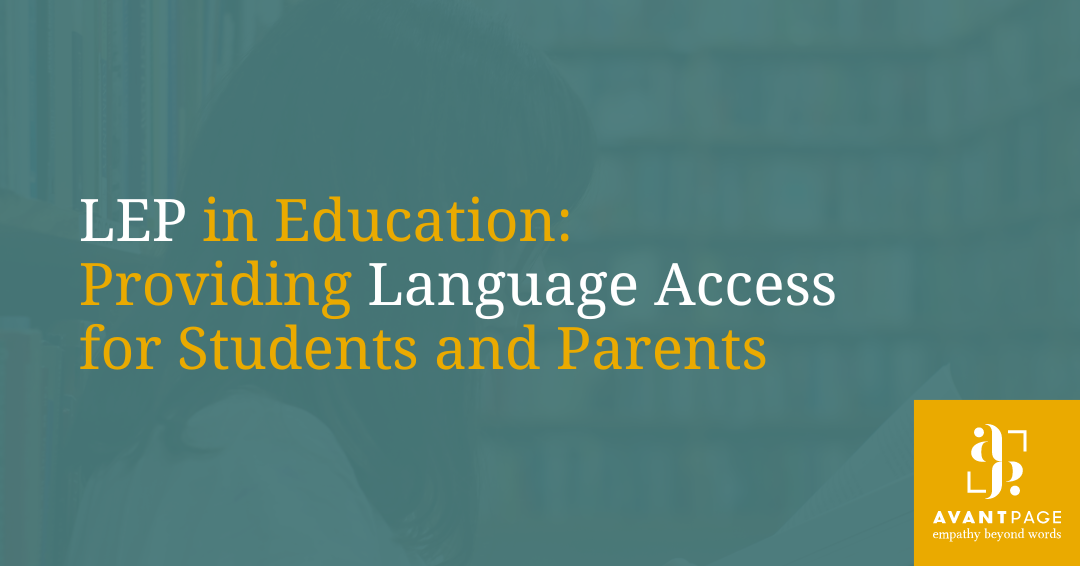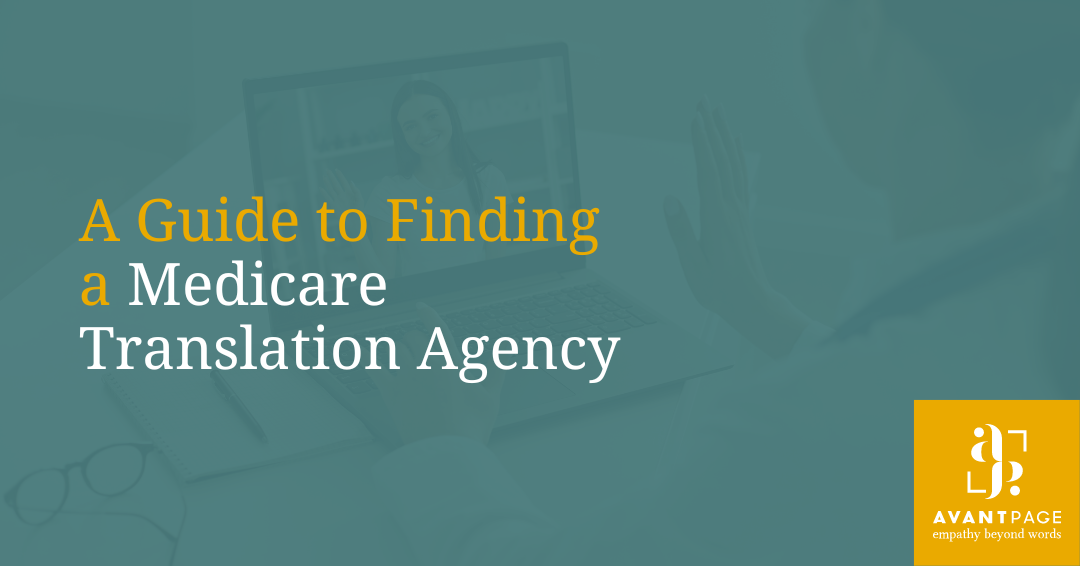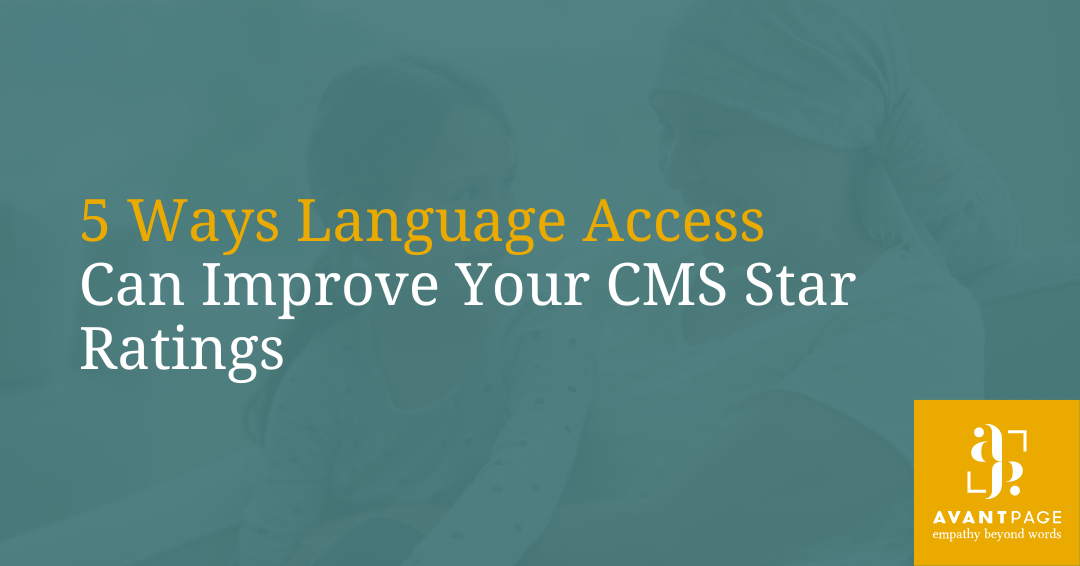Our Blog
Connecting People Through Language
How to Create Equitable Green Spaces with Language Access
With Earth Day right around the corner and summer fast approaching, many of us here in the northern hemisphere are enjoying the green spaces in our lives just a little bit more lately. As the weather warms up, we tend to appreciate our parks — from the local park on...

LEP in Education: Providing Language Access for Students and Parents
English-learning students and their parents face unique challenges in our country’s education system. A thoughtful language access plan can help them surmount those challenges. English learners make up a significant chunk of students in the United States — roughly 10%...

Voting Rights Act: Language access and voter turnout
2024 is an election year here in the United States, and you know what that means: another year packed with political messaging and get-out-the-vote campaigns. And while local politicians and presidential candidates alike will certainly be doing work to court voters...

Avantpage and EmTex Offer Seamless MDR Compliance Solutions
In the dynamic landscape of the life sciences industry, collaboration can be key to overcoming complex challenges and delivering exceptional results. Recently, Avantpage Life Sciences and EmTex Life Science joined forces to address an MDR compliance challenge...

A Guide to Finding a Medicare Translation Agency
It’s important for Medicare plan providers and healthcare organizations to make sure they’re able to communicate effectively with their patients — and that means speaking to them in their language. Medicare Advantage sponsors are required by the Centers for Medicare...

5 Ways Language Access Can Improve Your CMS Star Ratings
Every year, the Centers for Medicare & Medicaid Services (CMS) release a series of star ratings that patients can use to evaluate the quality of the services that a Medicare Advantage health plan offers. As a health insurance provider, it’s important to make sure...